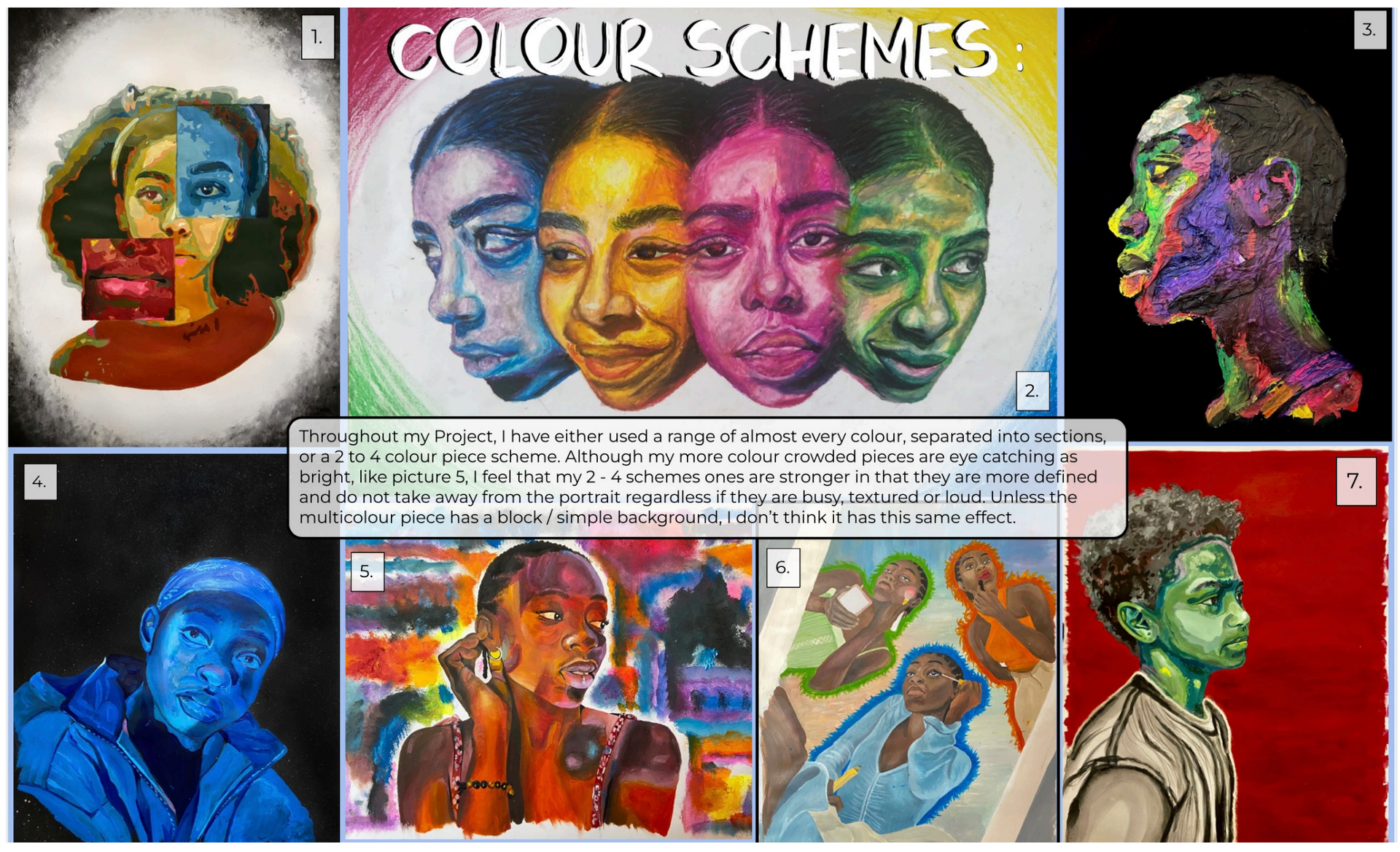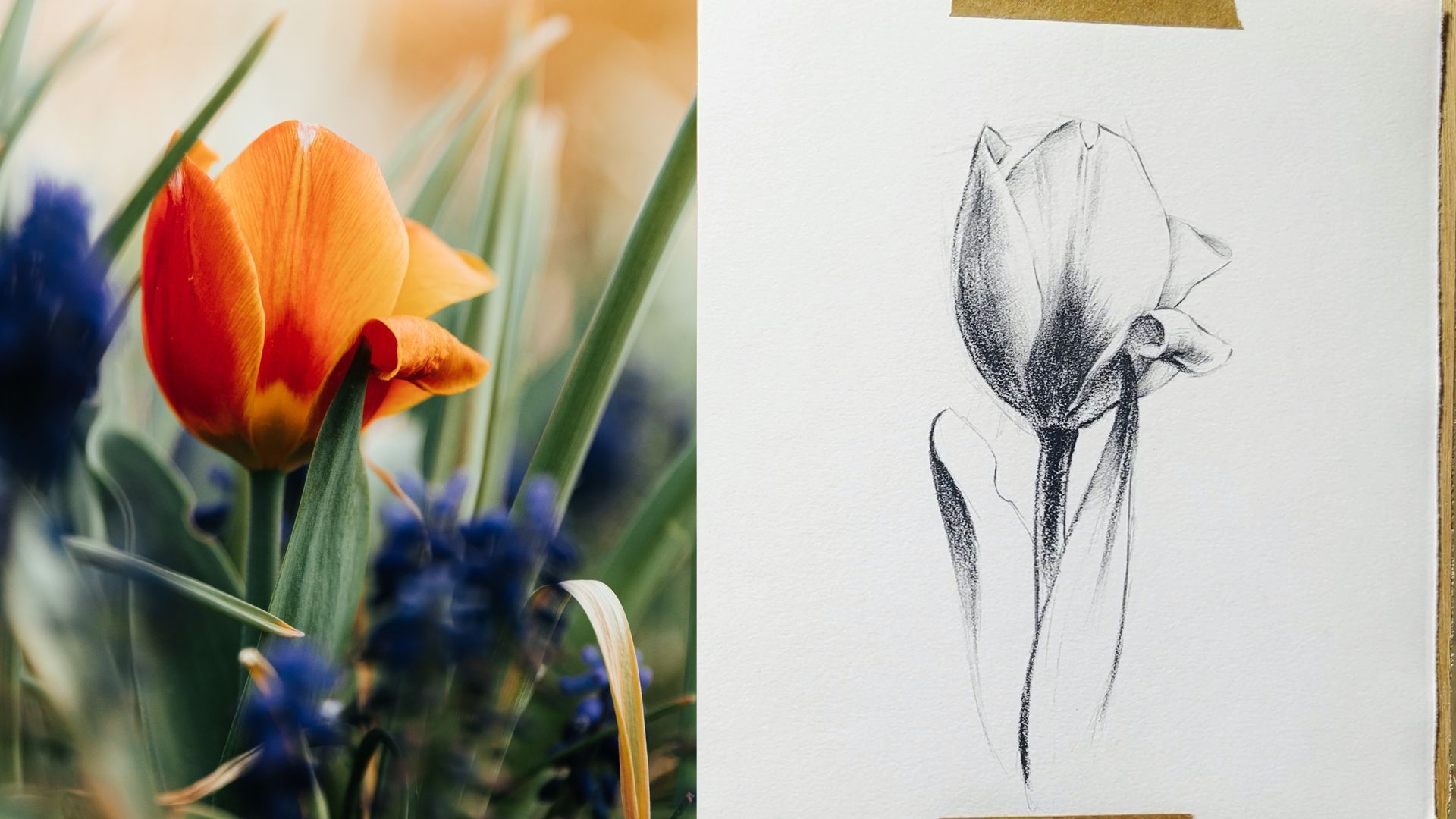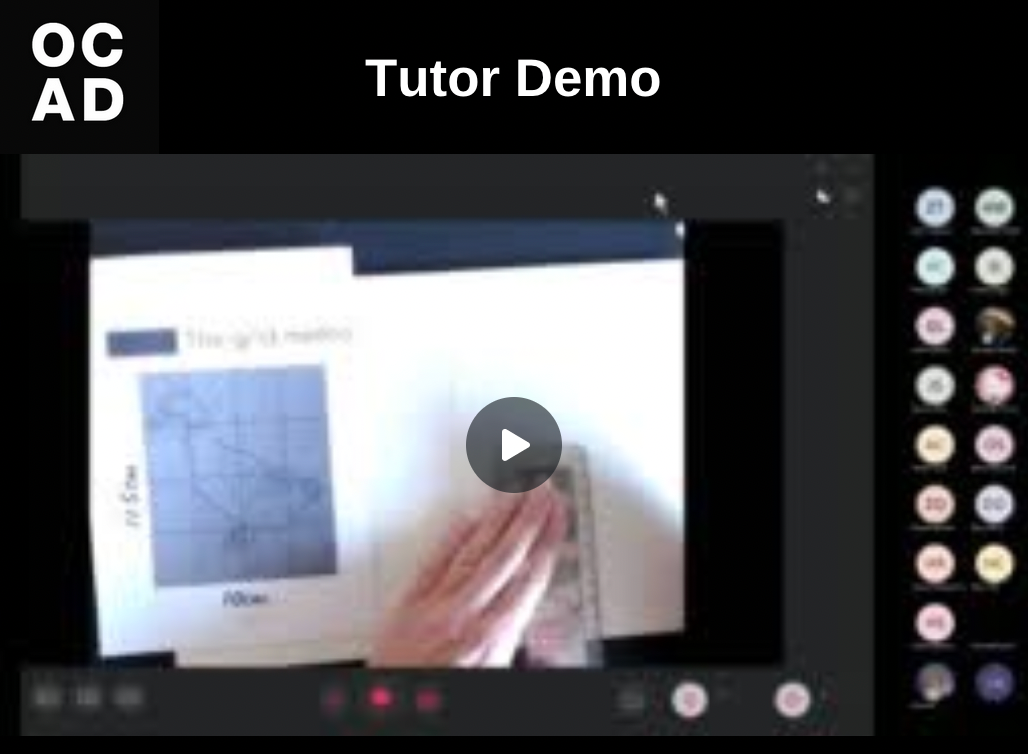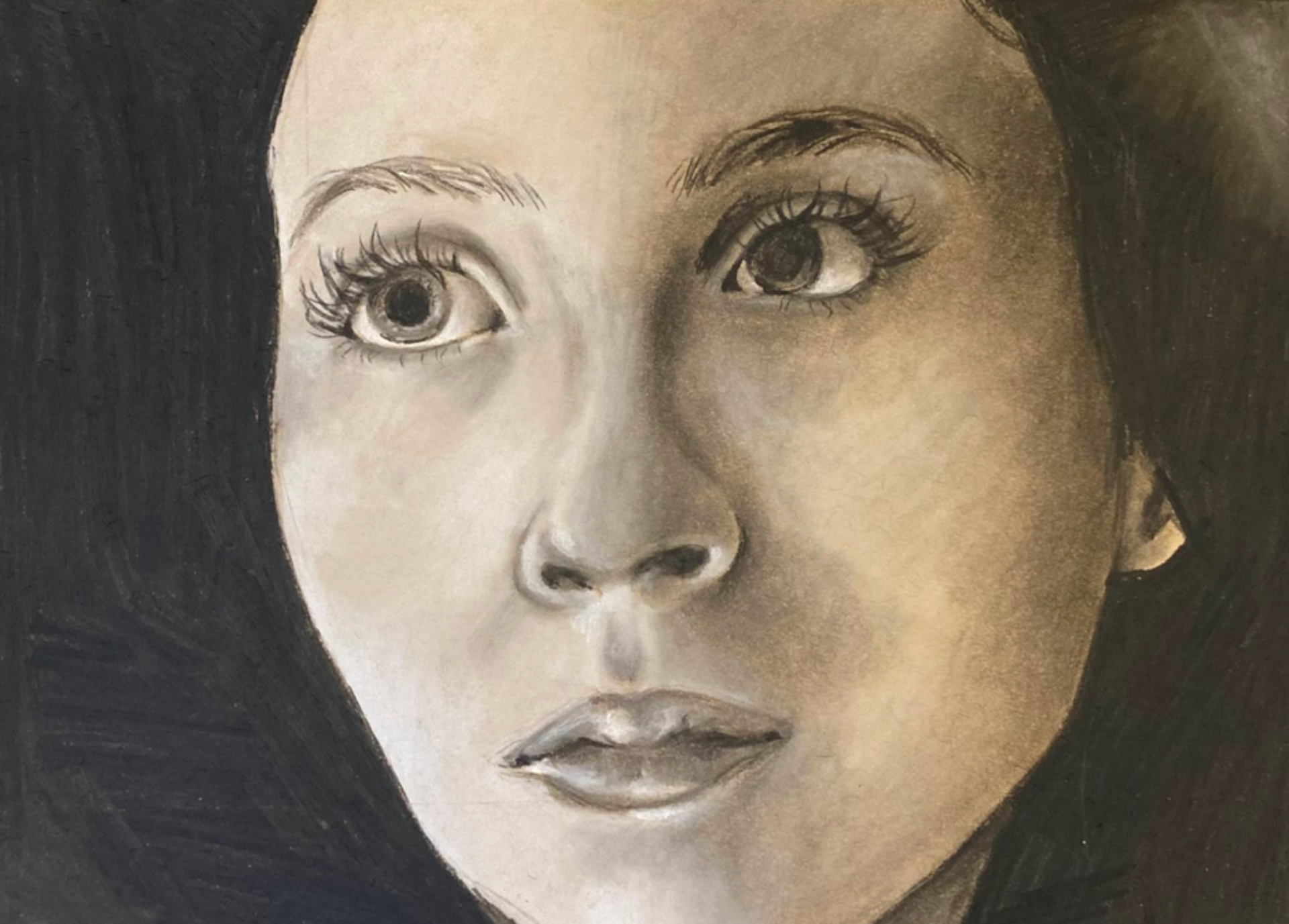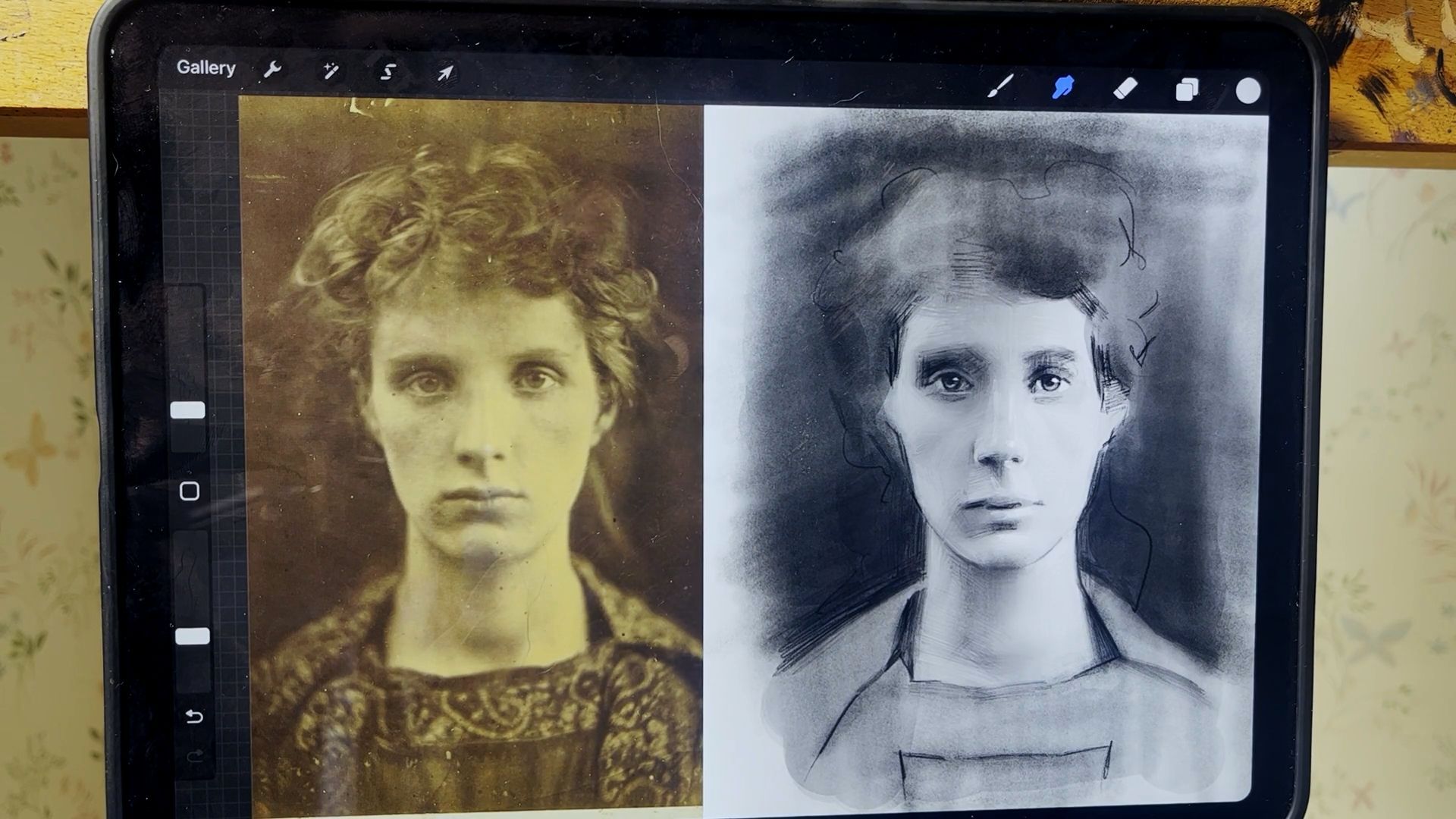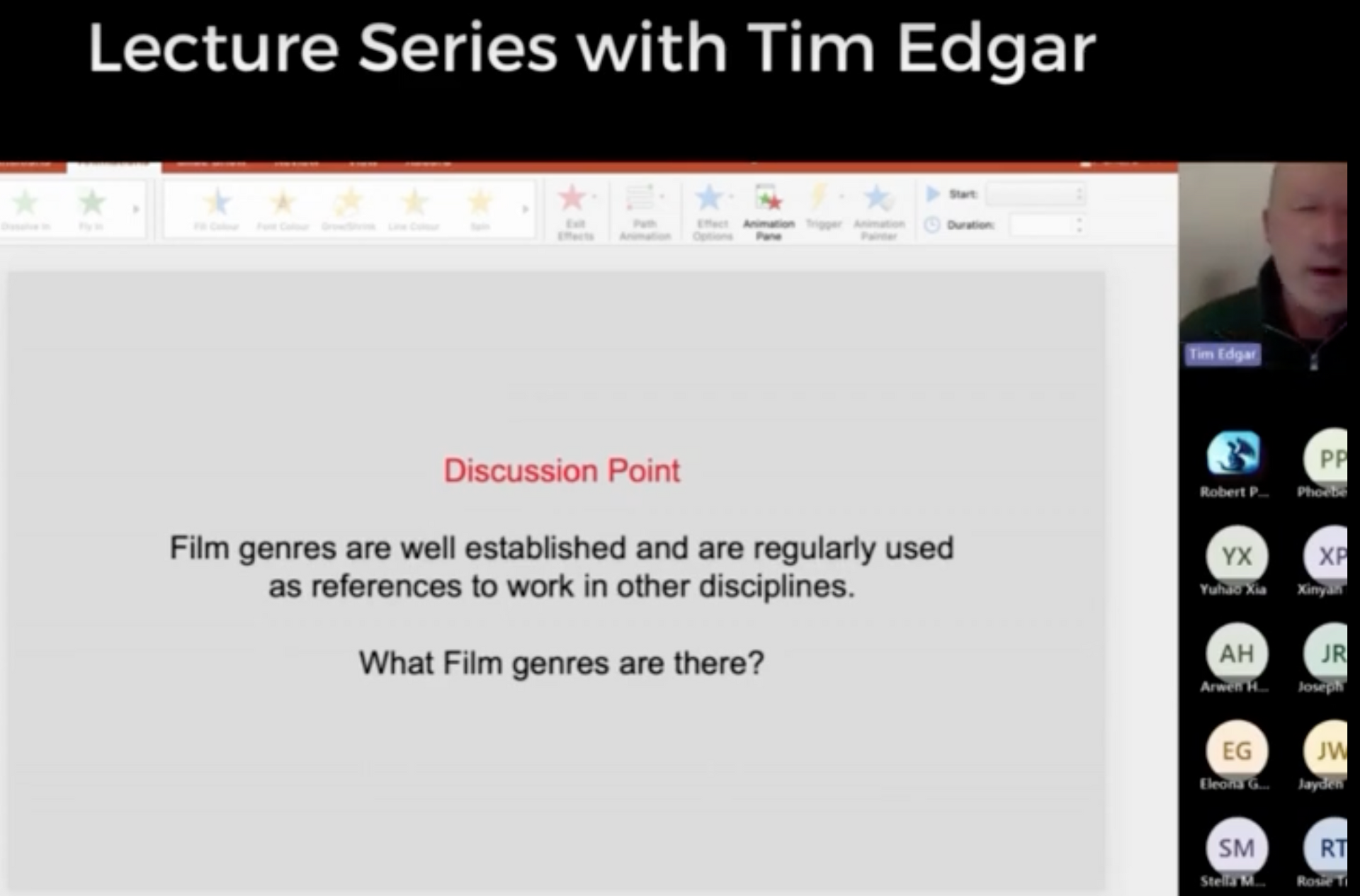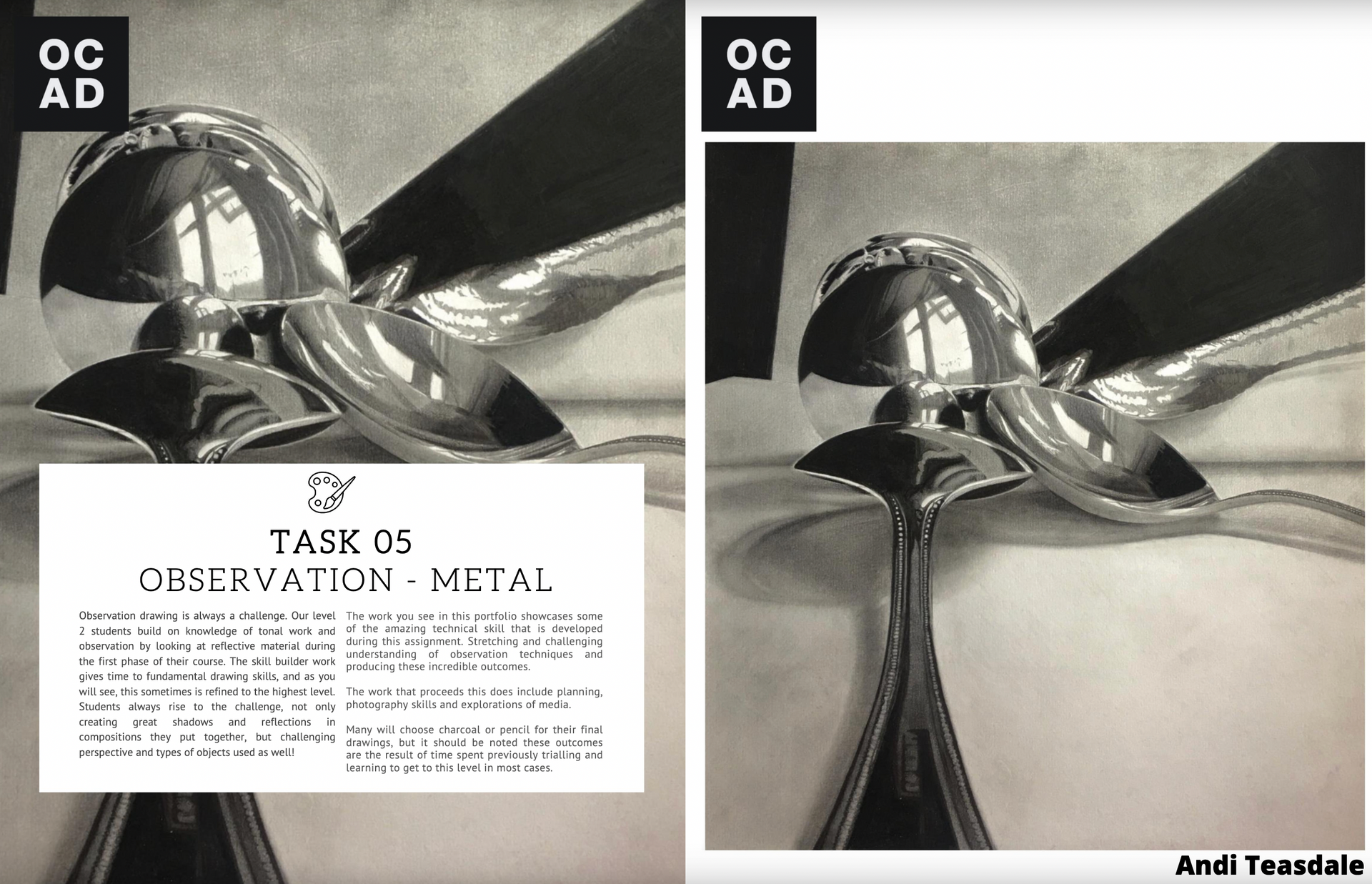Detailed Study of a Portrait Sculpture in Pencil
In this series I will show you how you can learn a lot about portrait drawing from studying sculptures from bygone eras.
Materials I Used:
- Drawing paper
- Faber Castell 2B Pencil
- Conte a Paris 2B Charcoal pencil
- Faber Castell 0.5mm B Mechanical Pencil
- Faber Castell Kneadable Eraser
Reference link: https://www.metmuseum.org/art/collection/search/205721
Process
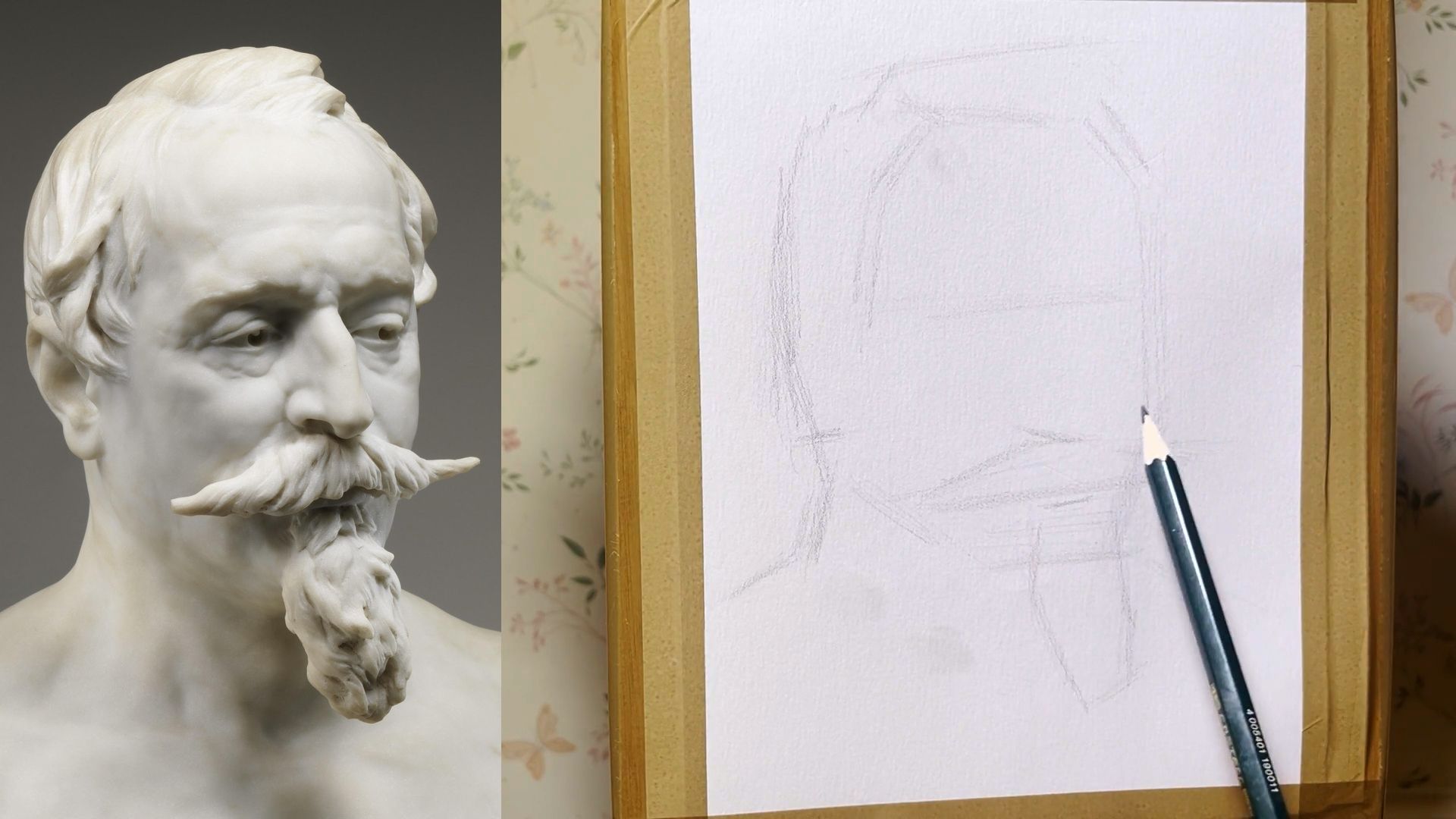
Begin by lightly sketching in the outside lines of the head and hair as well as major face landmarks (the moustache, beard eye line and nose in this case).
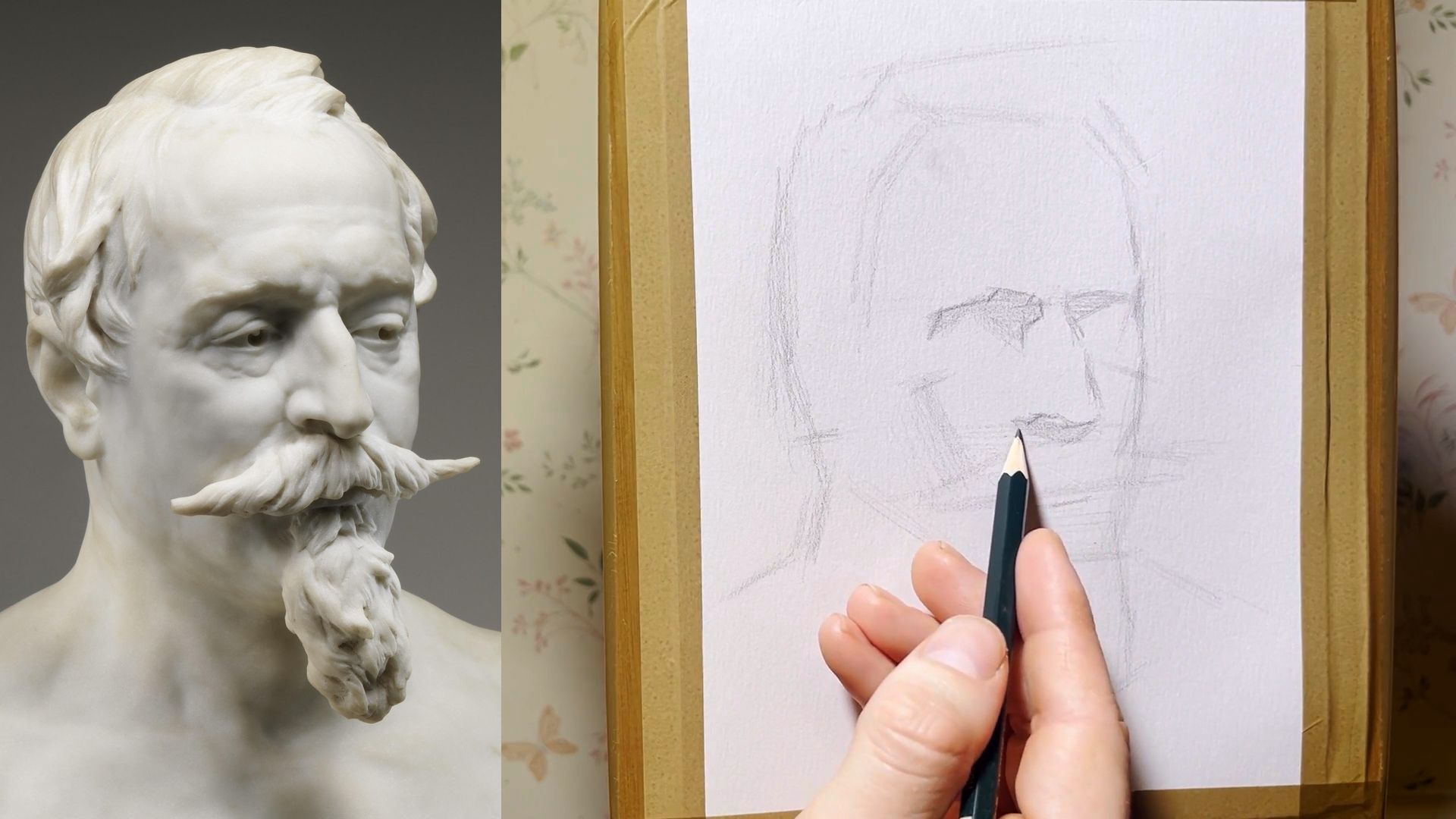
Then you can make changes to these overall proportions before placing major shadow shapes and some darker notes (keep things soft though),
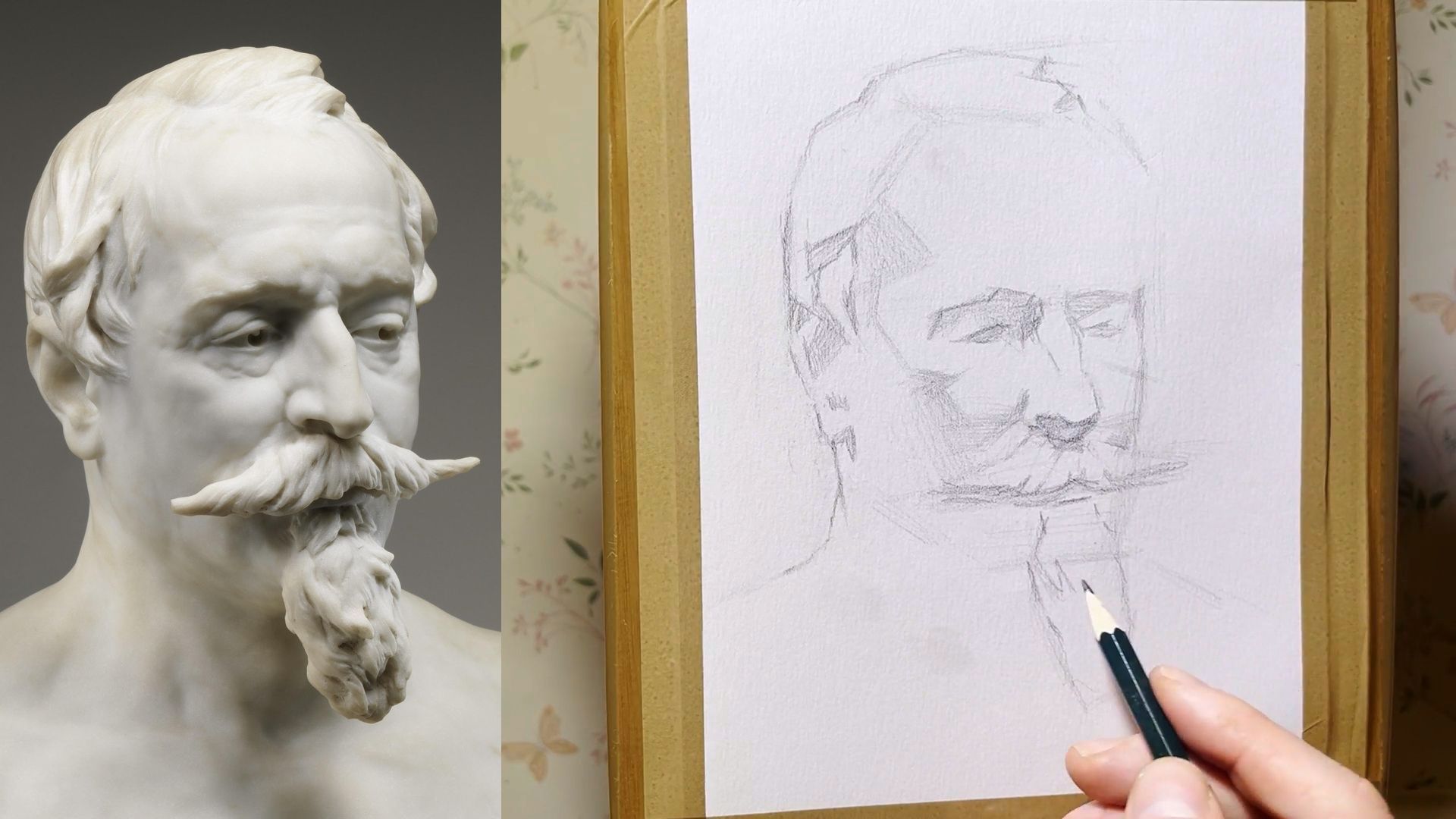
Then develop the details of the larger shadow shapes - making sure to hold the pencil very far back to make it easier to lay in simpler and softer lines initially.
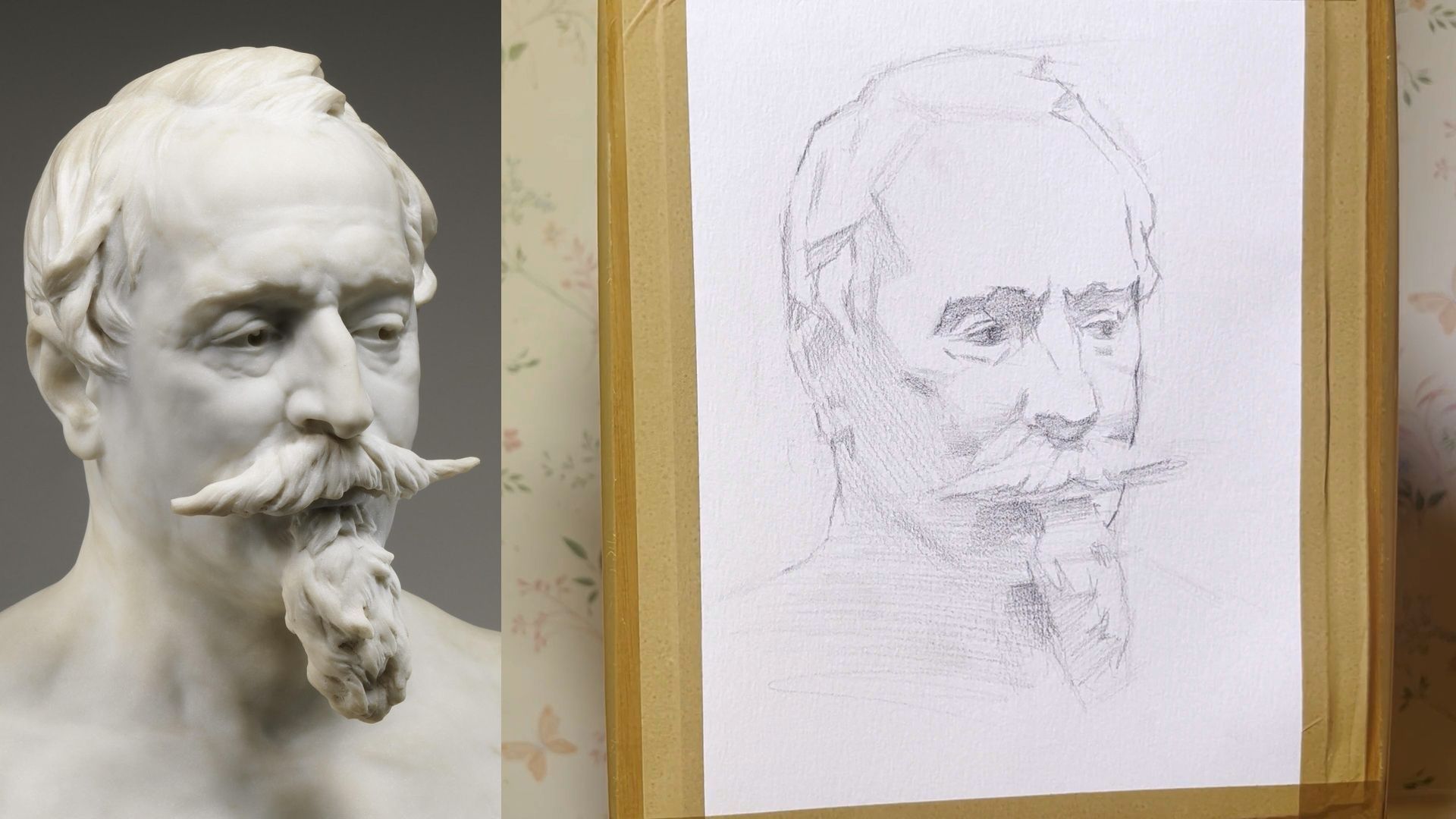
Finally, you can reinforce all the darker notes, shadows and darker halftones. This is what I consider to be the end of the initial lay-in process. In the nest session we will be developing these forms much more fully.
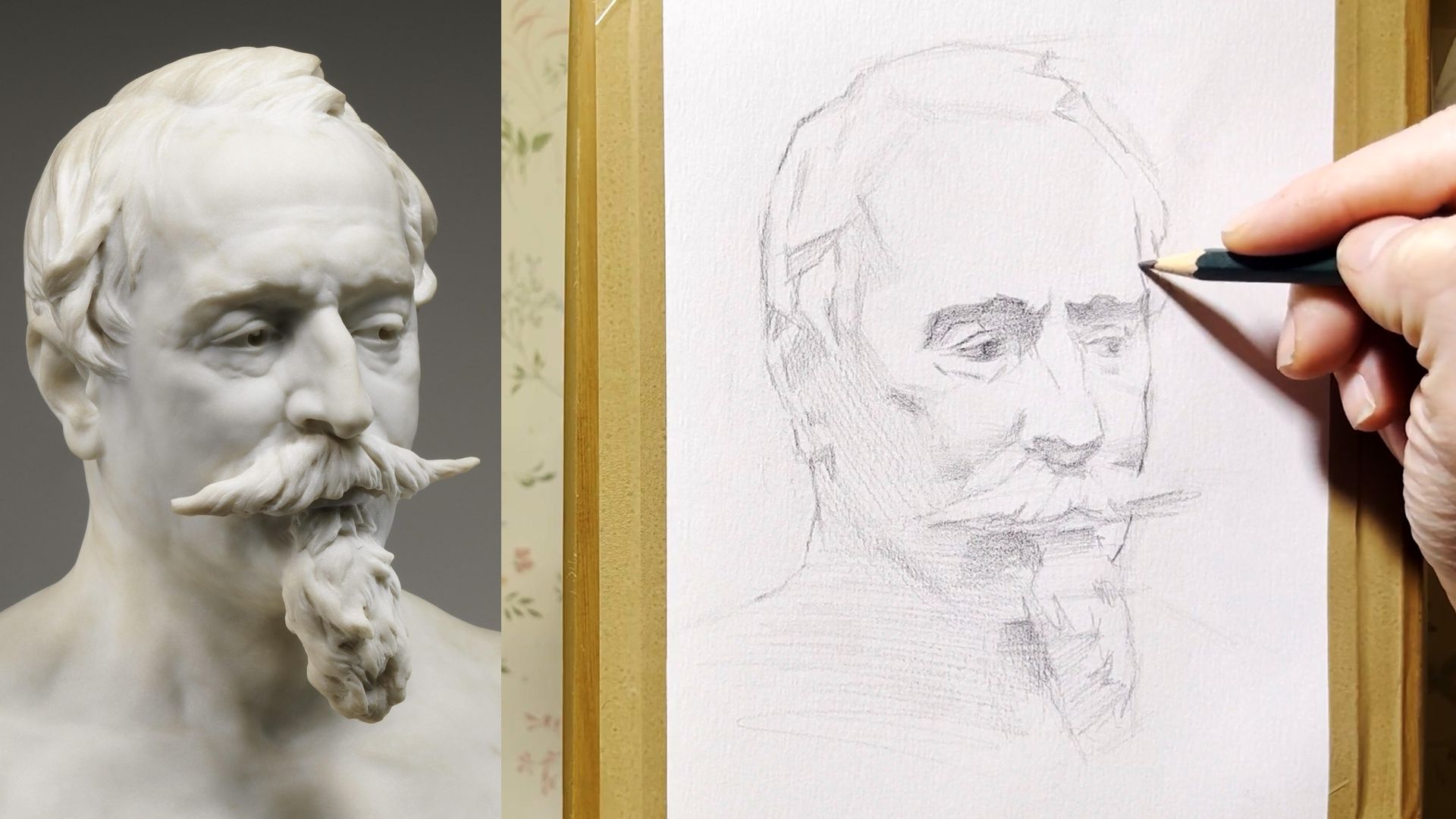
Begin this part by making any necessary corrections to the basic shapes that you put down in the first pass. Any time you come back to an artwork after a break is the perfect time to make corrections as your eyes are fresher than after a long session drawing.
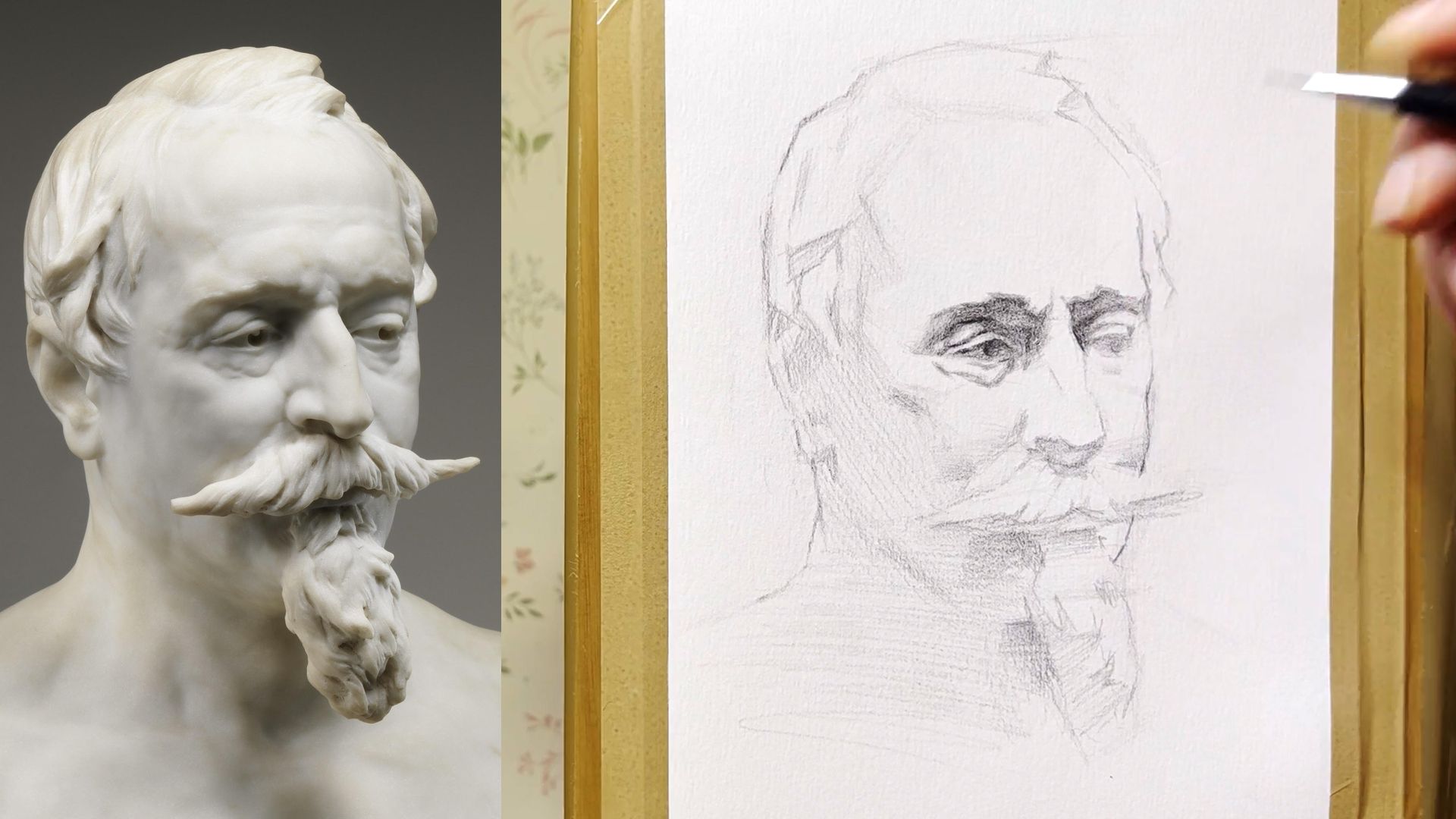
Then you can begin to add variations within the shadow shapes (the forms that are not receiving direct light). Some parts will need to go darker and others need to go lighter. You can use your mechanical pencil and the eraser to add more detail as you go.
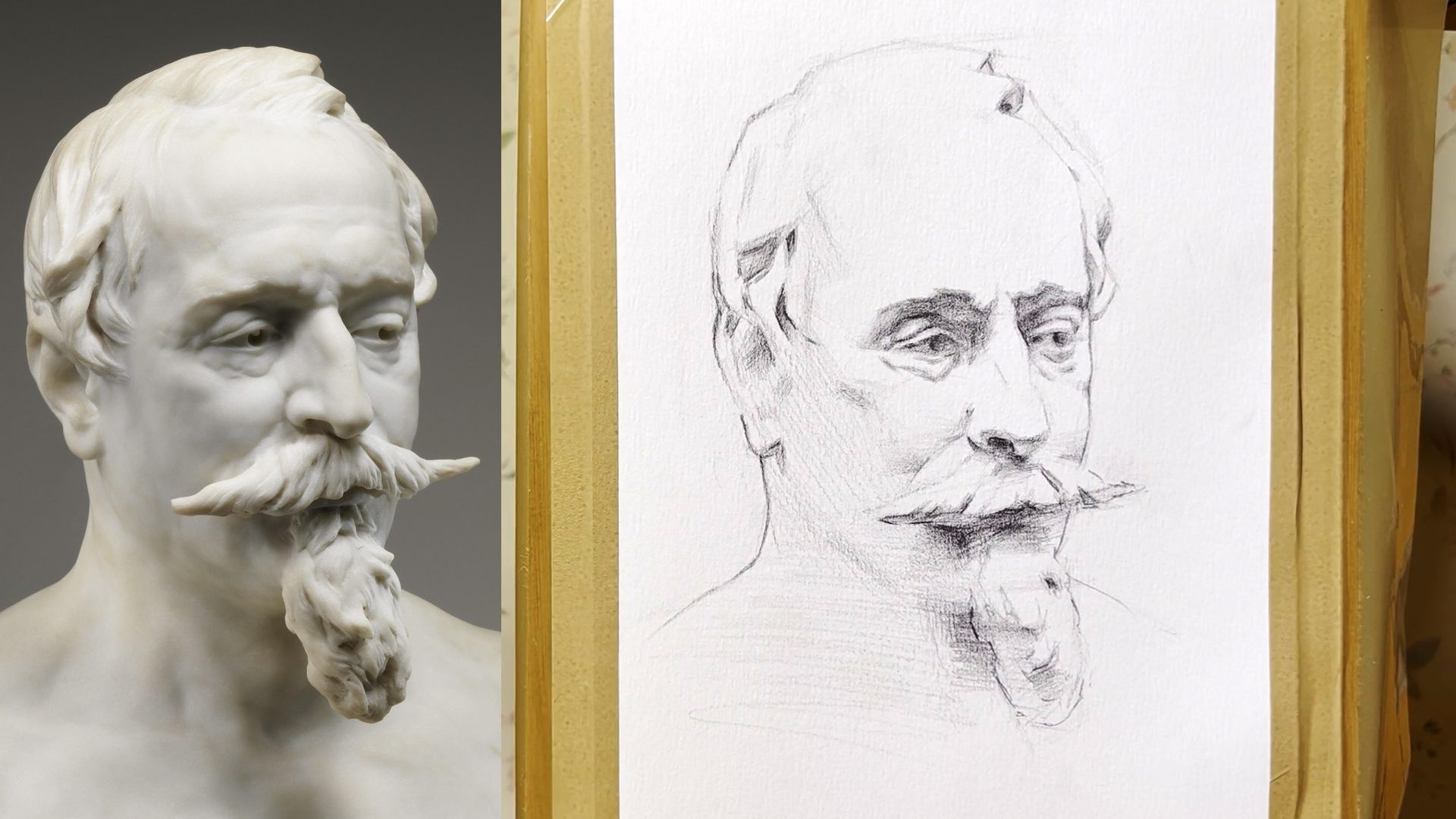
Continue this process until you have refined all the shadow shapes. You might need to pull some tone into the halftone regions but try to avoid adding a lot of tone anywhere other than the shadows during this stage.
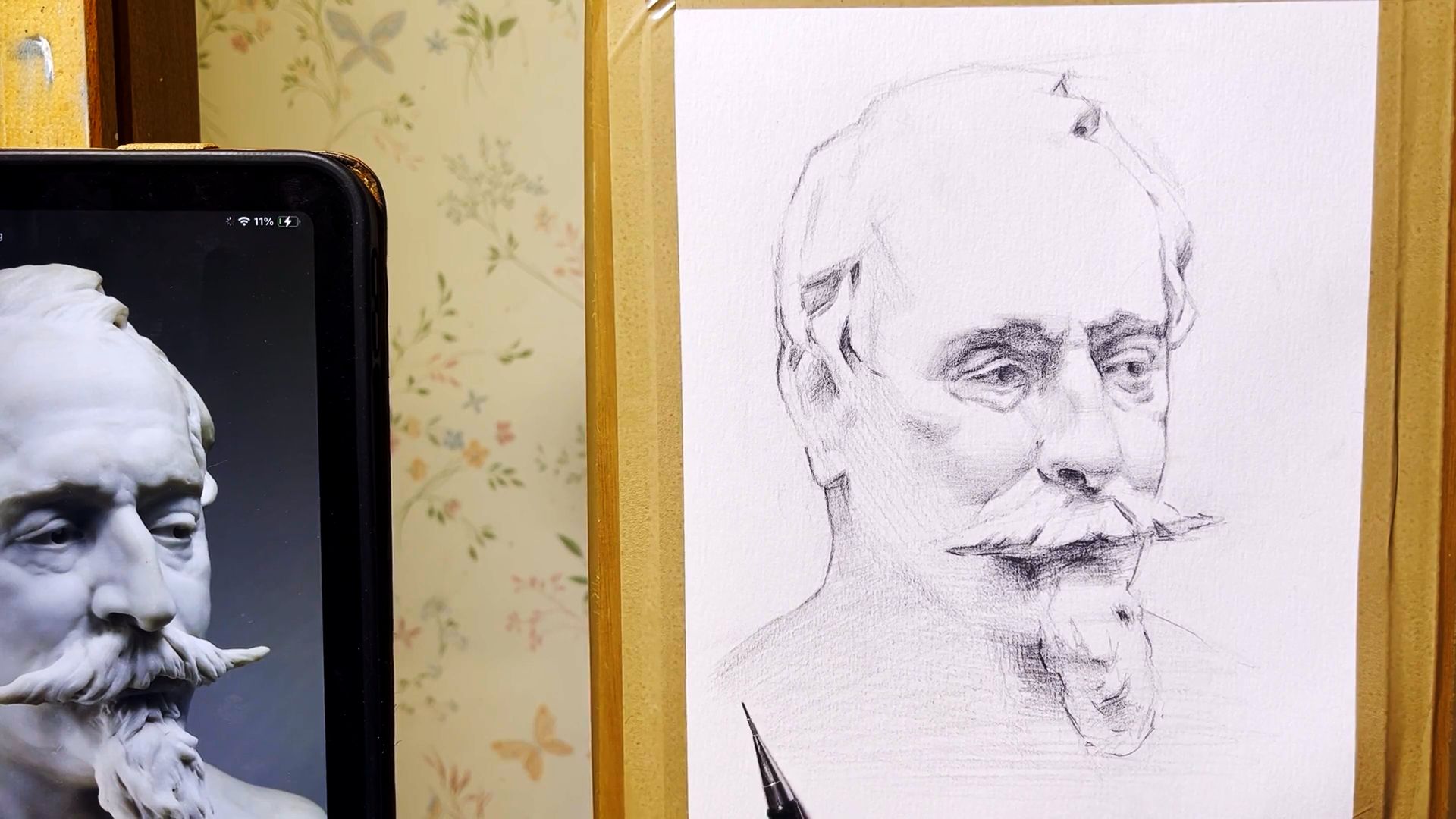
Next you will be laying in a general fall of light. This means looking for the part of the drawing that is closest to the light source and therefore lightest. From this light point your subject should get generally darker as you move away. This can be added with large passes of light gradients built up over one another.
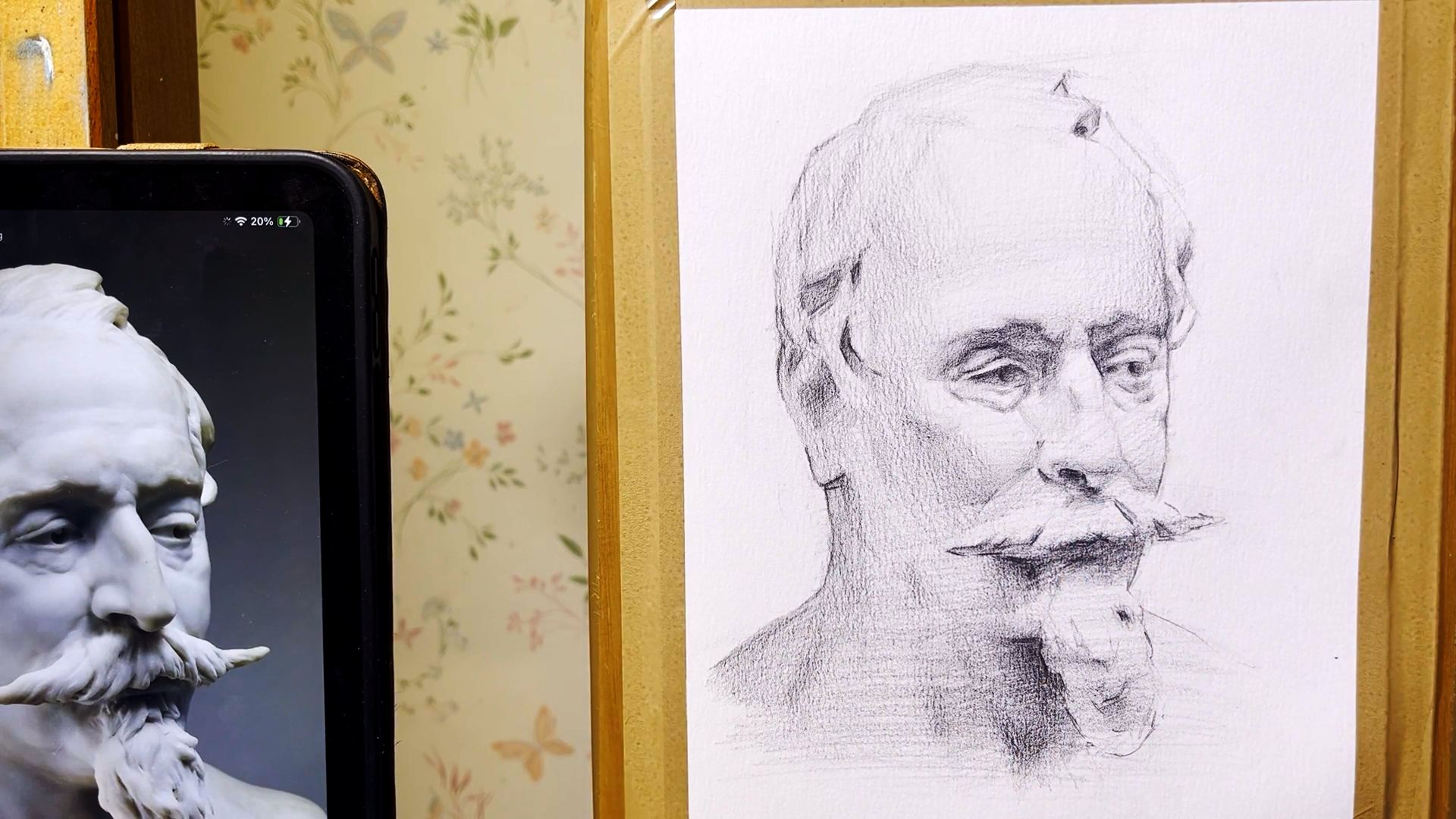
Once the general fall of light is established you can begin to define the larger forms within the face. Things like the cheekbones, side plane of the nose and forehead planes etc.
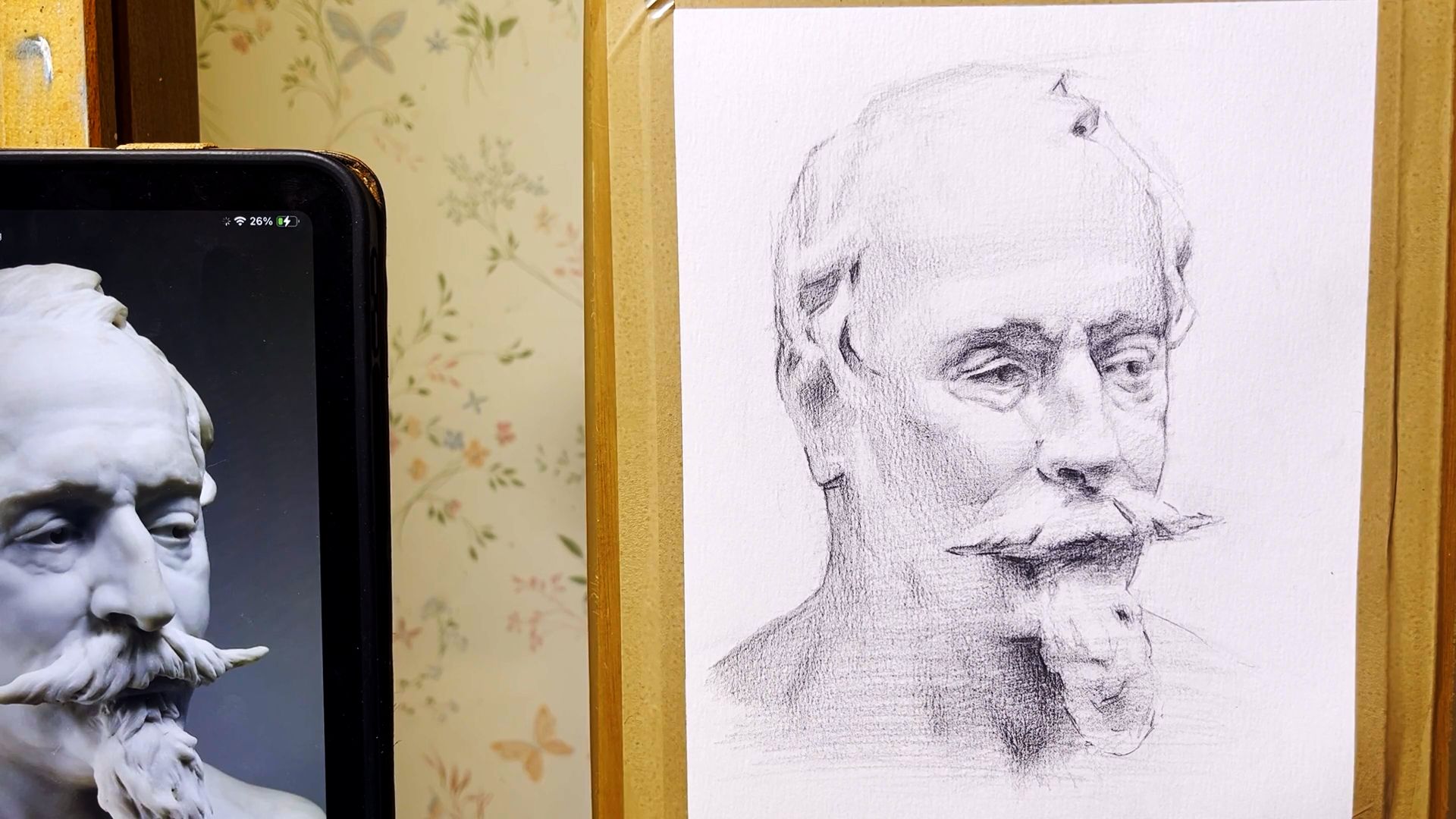
Finally, you can use your erase to pull out smaller lighter forms or highlights from the general passes of darker tones that you added at the beginning of the session.
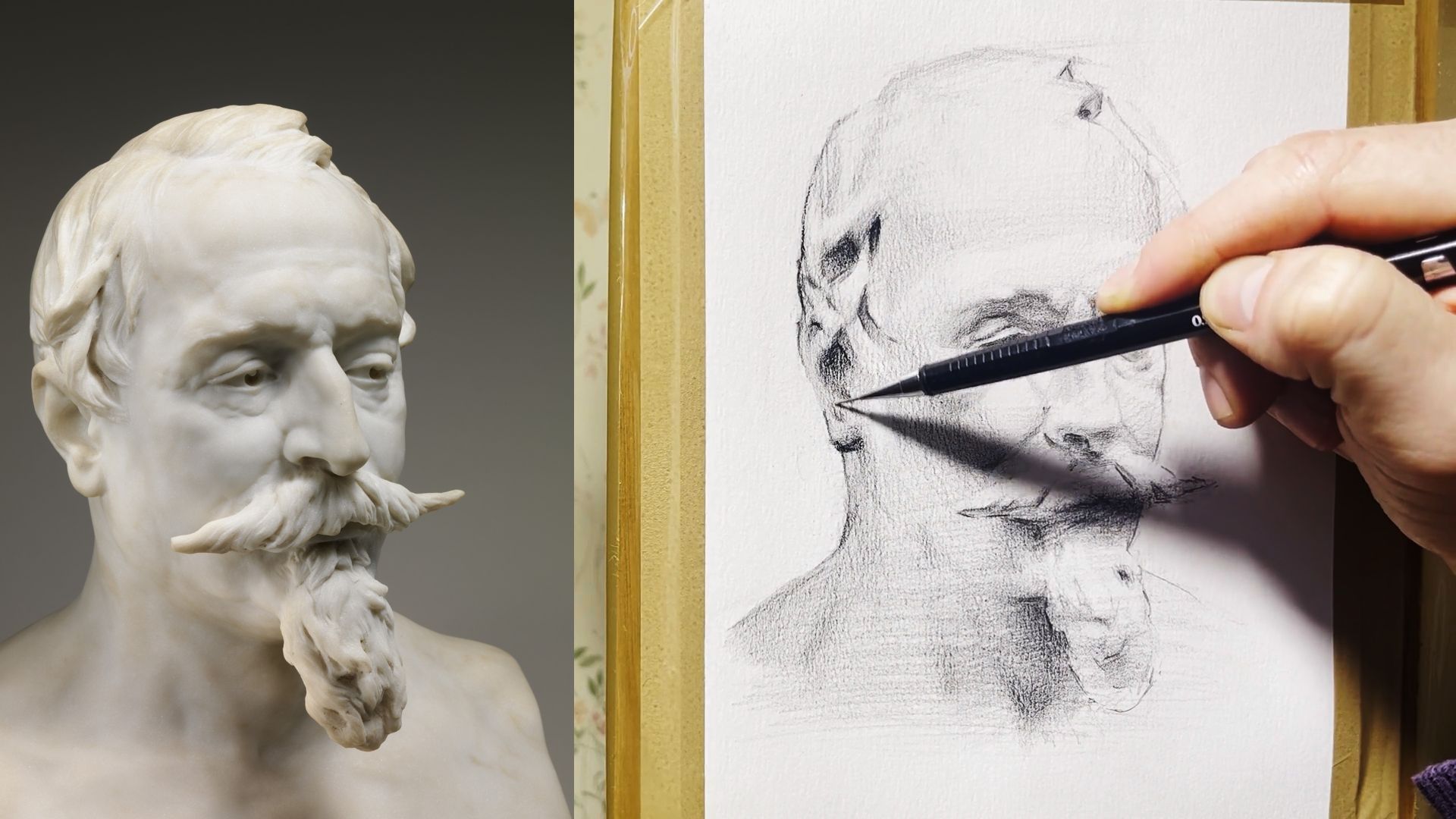
Begin by making adjustments to the darker shadow tones. You can use the charcoal pencil do deepen darker accents of regions of shadow. Flicking over the charcoal areas with the mechanical pencil will push them a bit darker and smooth them out.

Once the shadows are darker and more even you can add smaller forms and details to the focal features of the face (eyes, moth and nose).
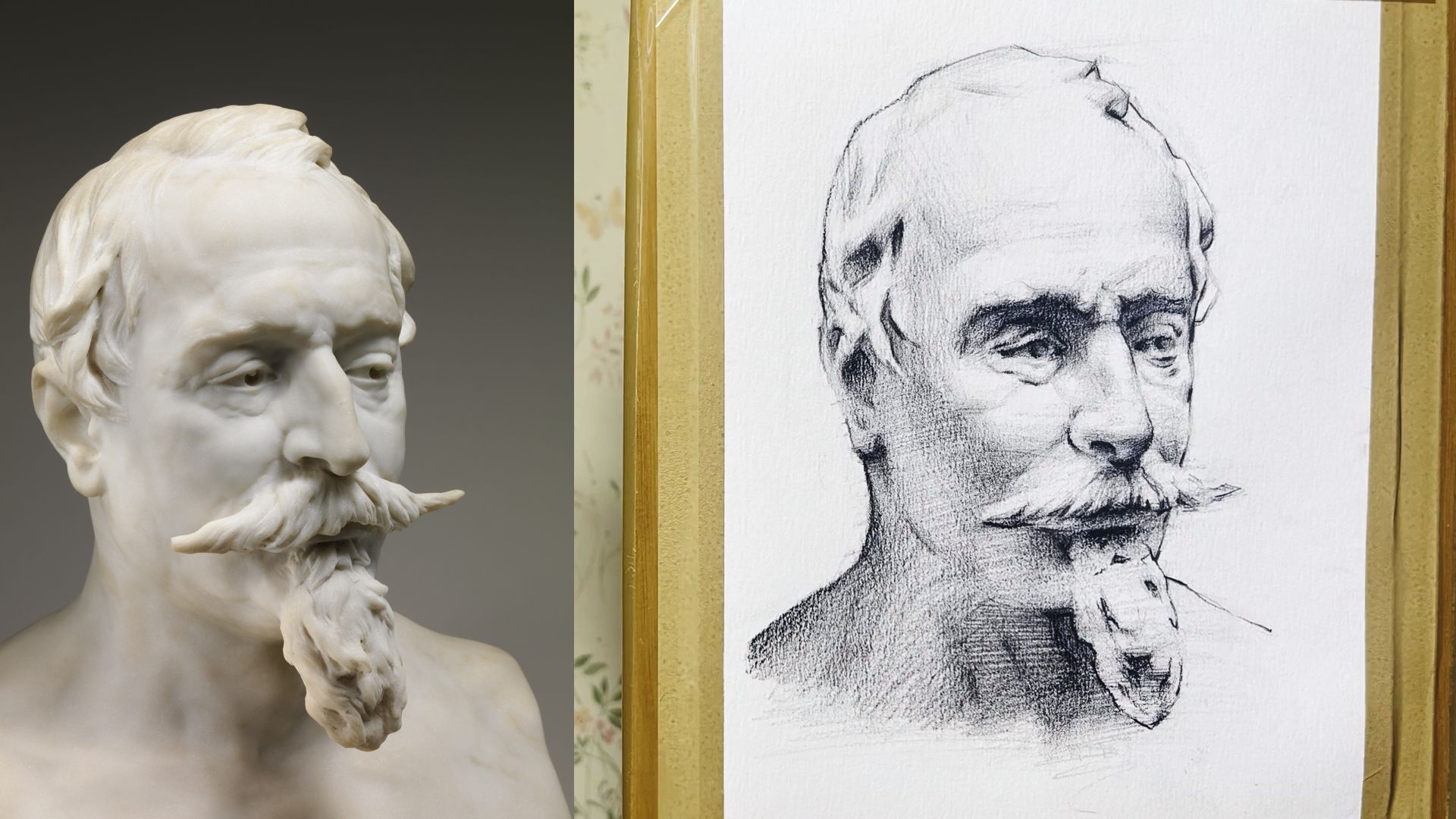
Finally, you can use your kneadable eraser to add final highlights within the lightest forms and clean up any smudges on the paper.
Video Lessons
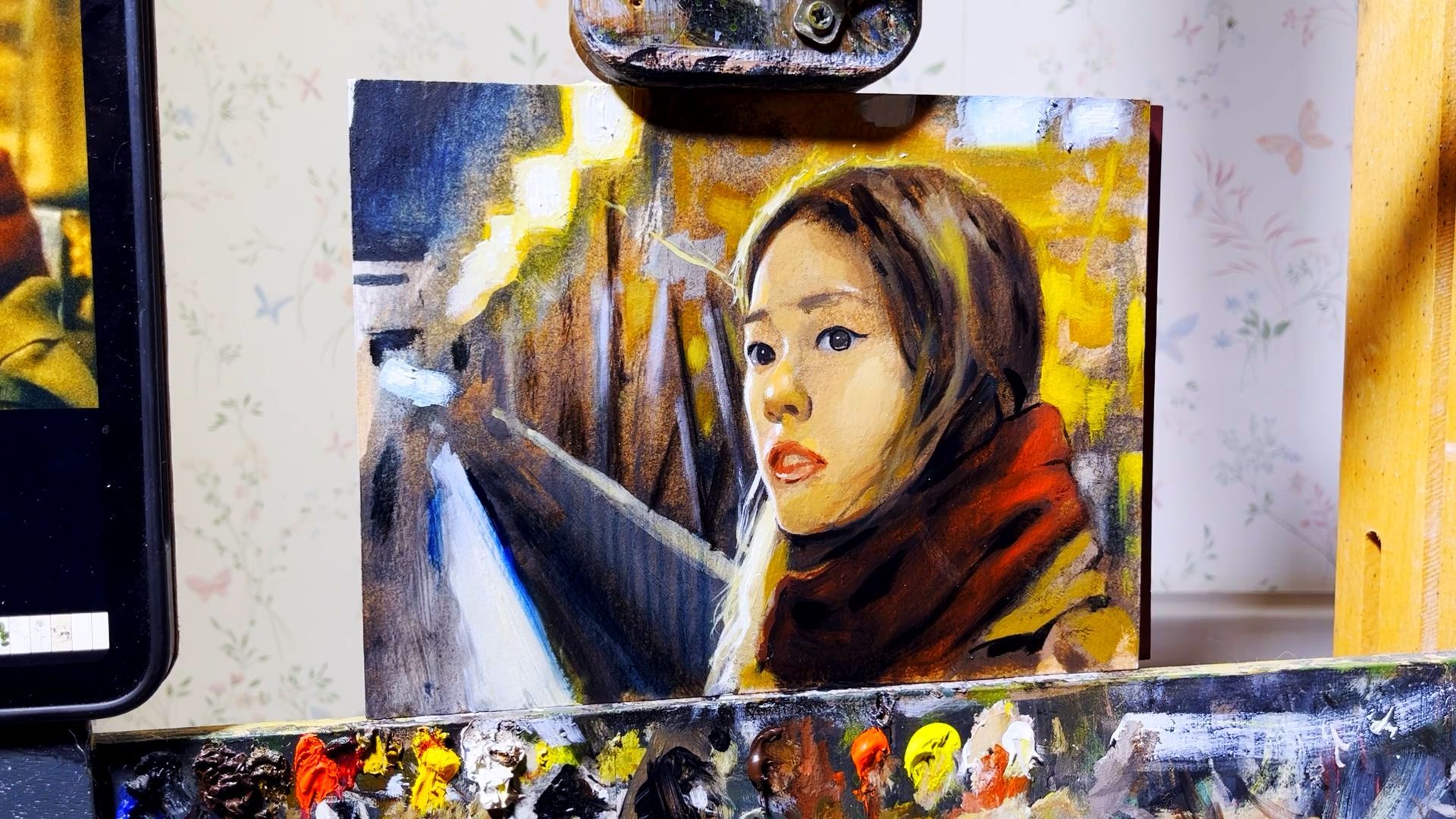
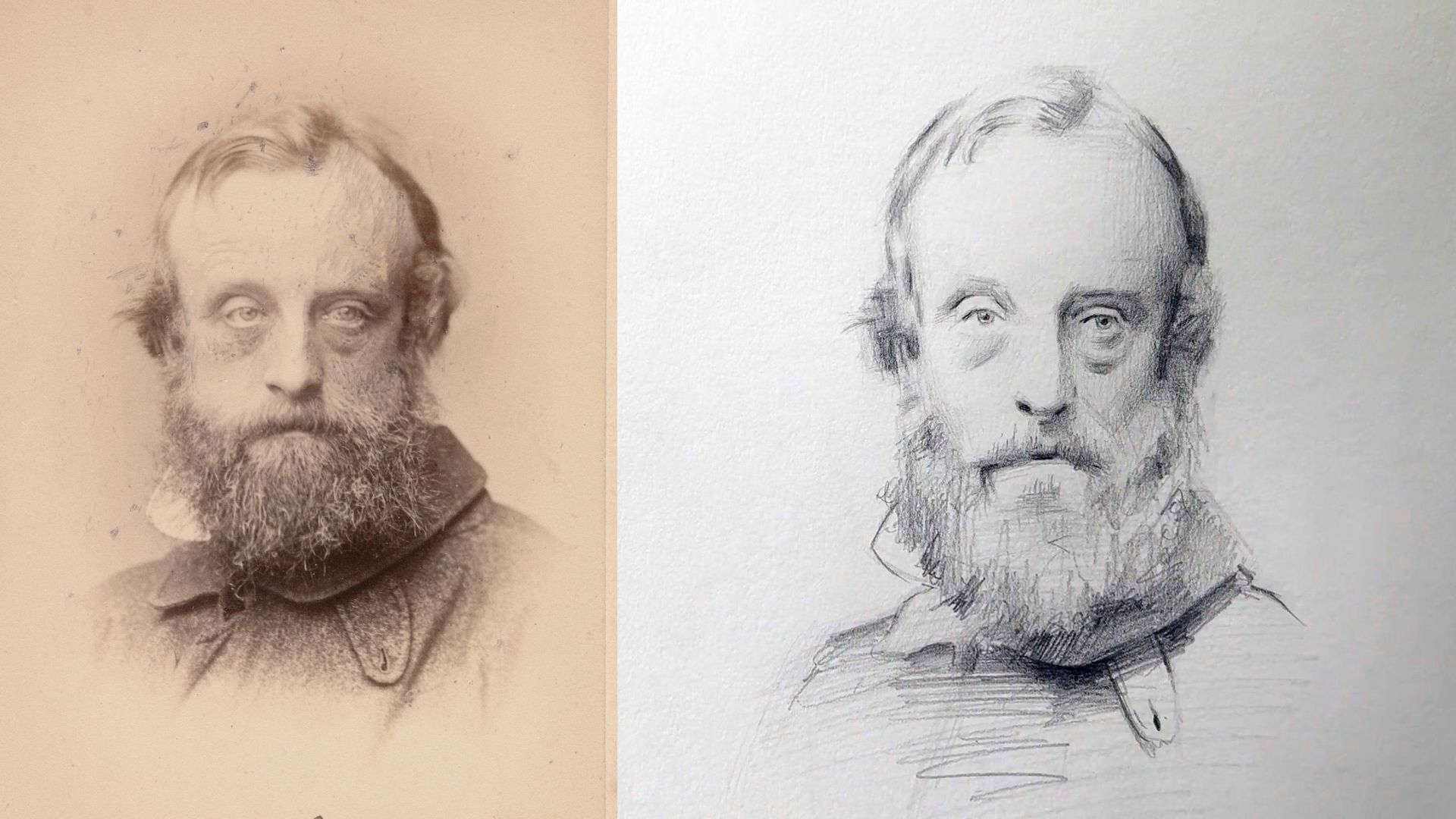
OCAD is part of the Cambridge Online Education Group - Company number 06594953
Registered UK Learning Provider 10033485
Cambridge Online Education Ltd

